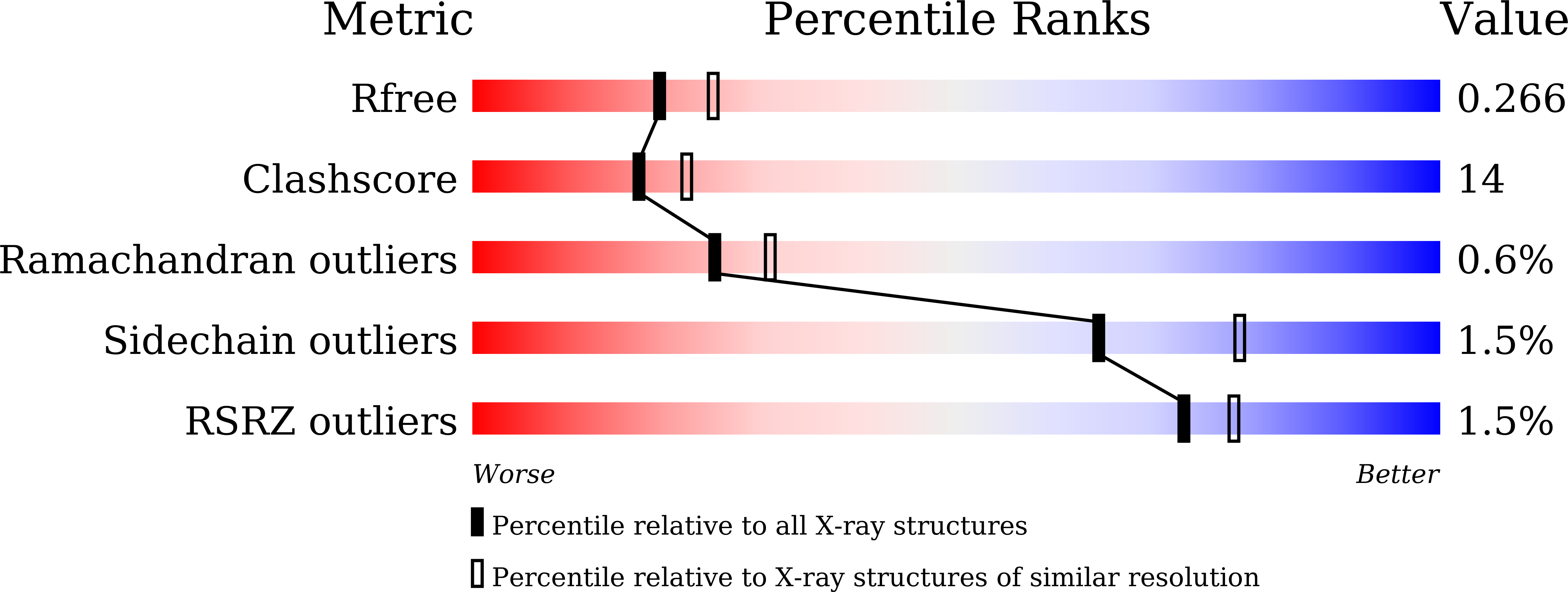
Deposition Date
2021-10-17
Release Date
2022-09-07
Last Version Date
2023-11-29
Entry Detail
PDB ID:
7VPS
Keywords:
Title:
Crystal structure of the ARM domain of C. glabrata importin alpha
Biological Source:
Source Organism:
[Candida] glabrata CBS 138 (Taxon ID: 284593)
Host Organism:
Method Details:
Experimental Method:
Resolution:
2.29 Å
R-Value Free:
0.26
R-Value Work:
0.21
R-Value Observed:
0.22
Space Group:
P 1 21 1


